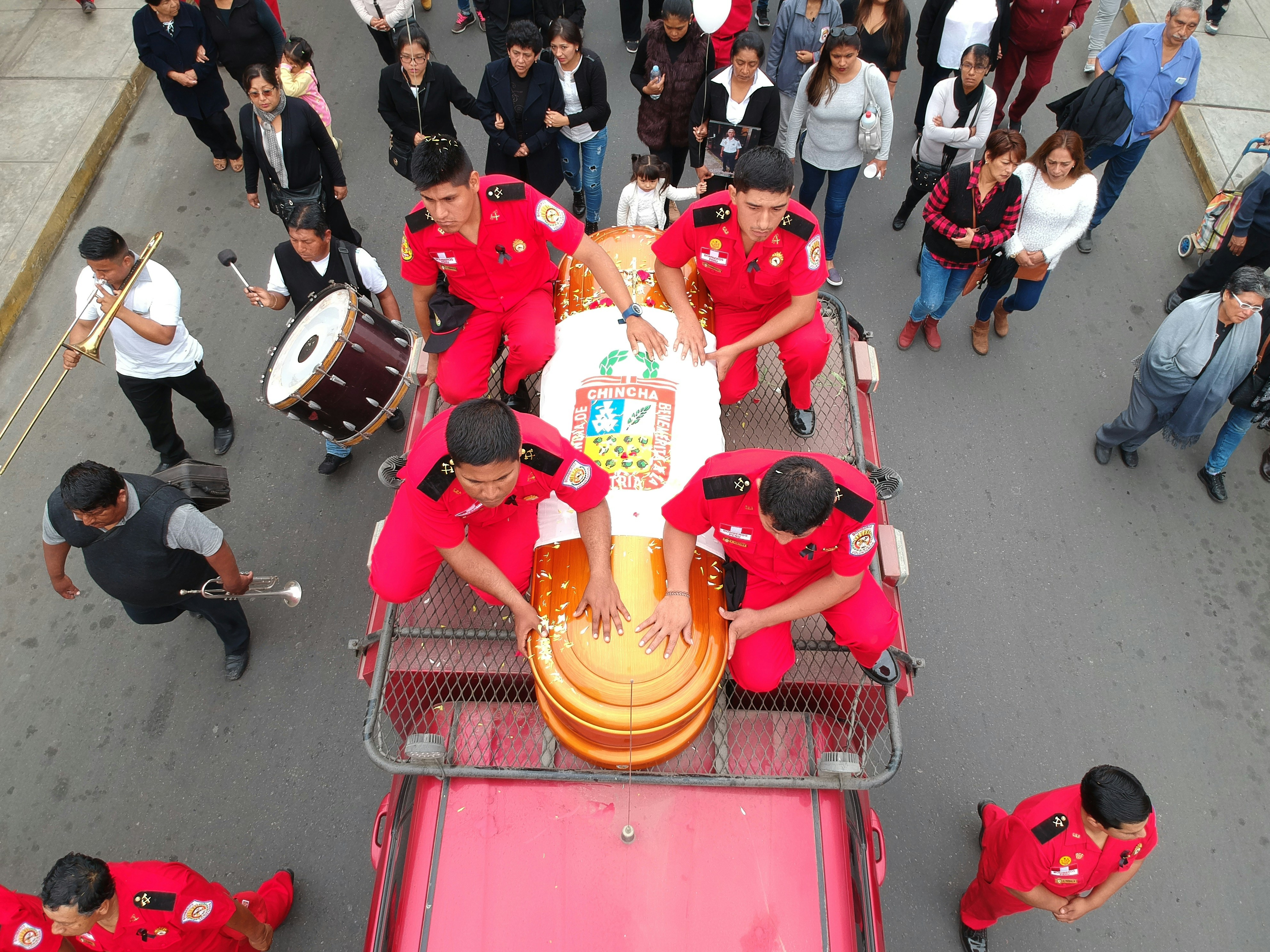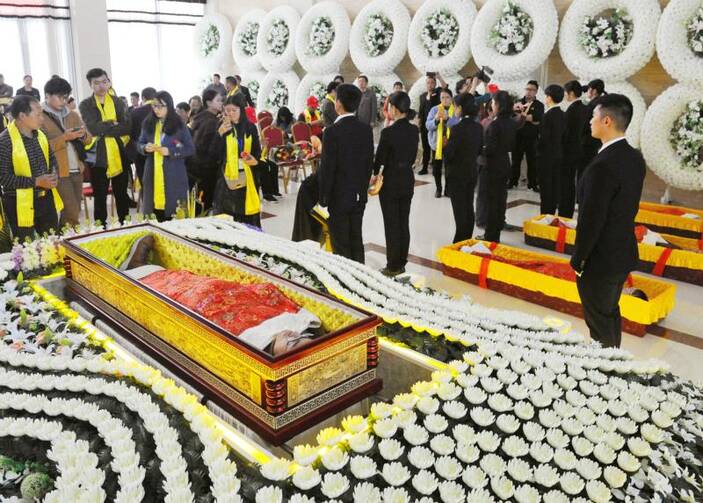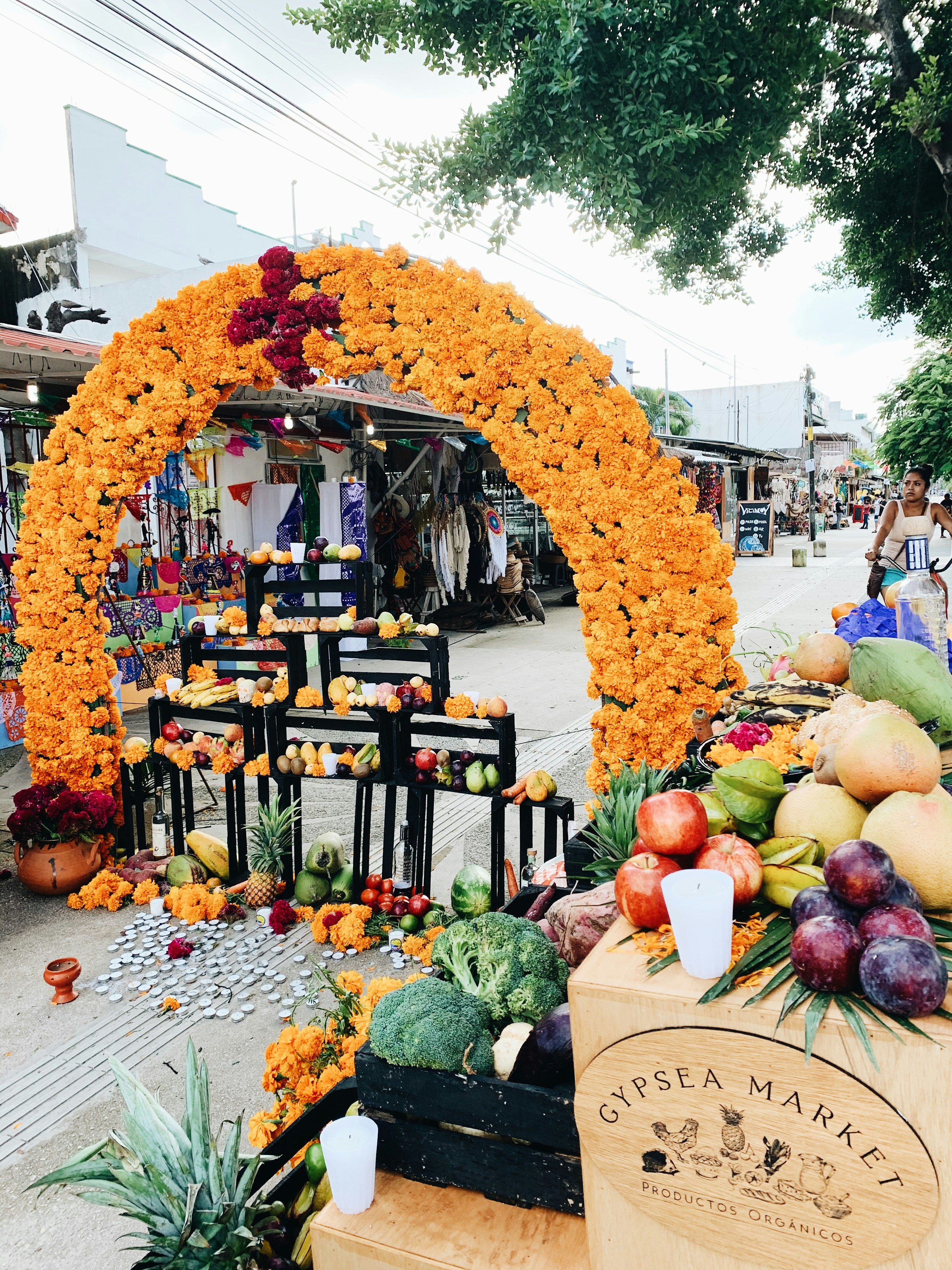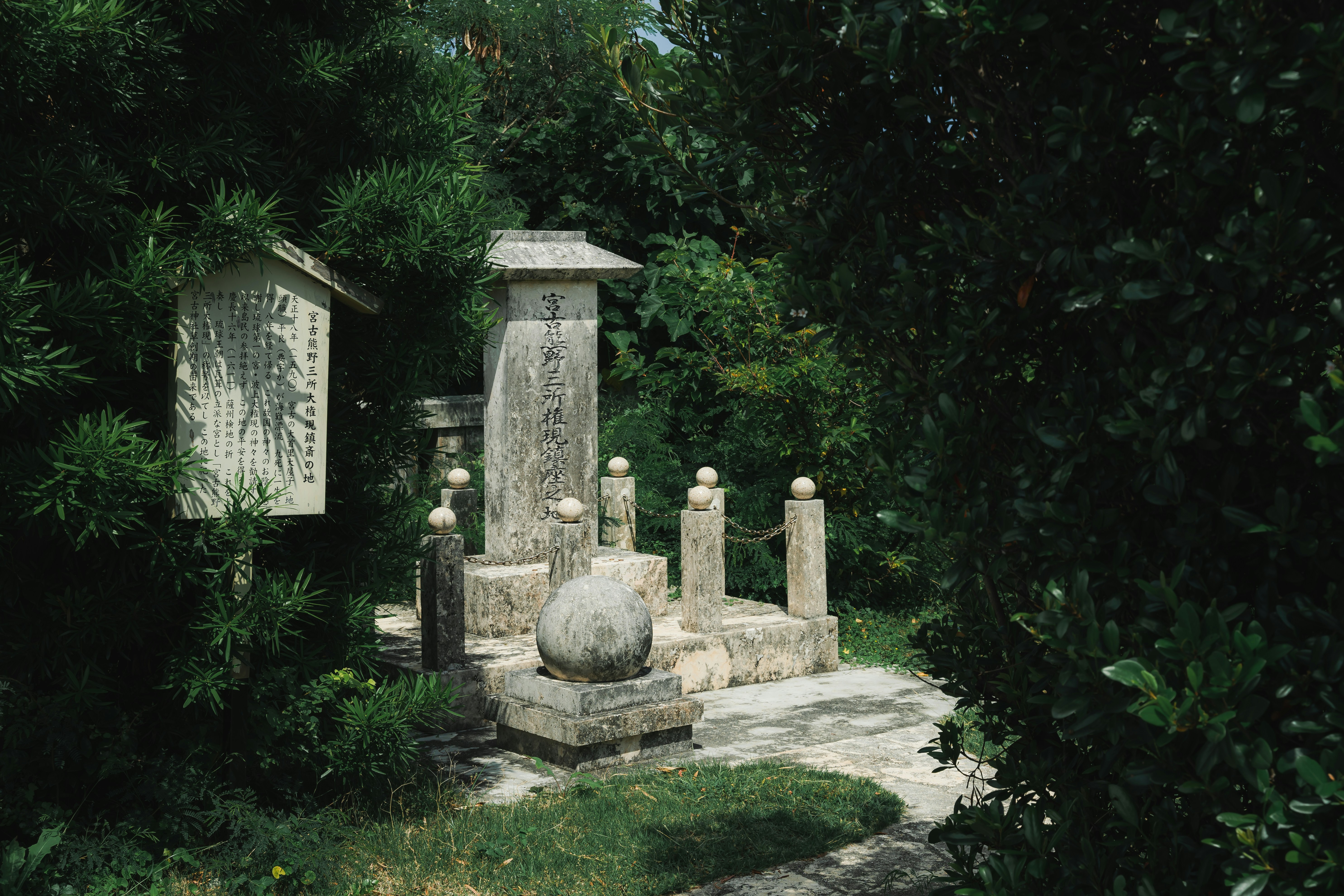
Death is a universal part of human life, yet the ways in which different cultures honour the deceased vary greatly. Funerals around the world reflect a society’s beliefs, values, and traditions, offering unique rituals to help communities navigate loss. In this blog post, we’ll take a closer look at funeral planning practices in several countries, including China, India, Mexico, and Ghana, exploring the cultural significance behind them and the ways in which they honour their dead.
China: Ancestral Worship and Honour

In Chinese culture, funerals are steeped in tradition and the concept of ancestor worship. Honouring the deceased is deeply rooted in Confucianism, which emphasises respect for elders and ancestors. The rituals surrounding death are designed to ensure that the deceased transitions smoothly into the afterlife and that they continue to be honoured by future generations.
Key funeral practices in China:
-
Preparation: The body is carefully prepared and dressed, usually in white (the colour of mourning in Chinese culture).
-
Burning of paper offerings: Paper items, often resembling money, clothes, or even houses, are burned during the funeral. It is believed these items will reach the deceased in the afterlife, ensuring they have everything they need.
-
Incense and joss sticks: Family members offer prayers and burn incense at the altar, often in front of a portrait of the deceased, to honour their spirit.
-
Funeral procession and burial: Depending on the family’s traditions, the body may be buried or cremated. Wealthier families may opt for a more elaborate funeral, including a grand procession to the burial site.
In some regions, the funeral rites don’t end with burial. The Qingming Festival (also known as Tomb-Sweeping Day) is an annual event where families clean and decorate the graves of their ancestors, making offerings to honour their spirits.
India: Cremation and Rebirth
In India, funeral practices vary by religion, but a significant portion of the population follows Hindu traditions. In Hinduism, death is seen as a natural part of the cycle of life, death, and rebirth (samsara). The ultimate goal is to achieve moksha, or liberation from this cycle, which is why the funeral rites, known as Antyesti (last rites), are designed to help the soul transition into its next life.
Key funeral practices in India:
-
Cremation: The majority of Hindus are cremated, as it is believed that burning the body releases the soul from its earthly ties. This usually takes place at a ghat (a riverside area) near a sacred river, such as the Ganges.
-
Rituals for the deceased: Before cremation, the body is washed, anointed, and wrapped in a white cloth. A garland of flowers is often placed around the body, and prayers or mantras are recited.
-
Pyre and cremation ceremony: The eldest son or a close male relative typically lights the funeral pyre, symbolising the release of the soul.
-
Ash immersion: After cremation, the ashes are collected and immersed in a holy river, most often the Ganges, to purify the soul and help it move on to its next life.
Funeral customs in India reflect the belief in reincarnation and the importance of the soul's journey, with rituals designed to ease the transition between this life and the next.
Mexico: Celebration of Life with Día de los Muertos

Mexico’s most well-known tradition surrounding death is the Día de los Muertos (Day of the Dead), a vibrant celebration that honours the deceased with joy rather than sorrow. Rooted in ancient Aztec beliefs and blended with Catholic traditions, this festival acknowledges that death is a part of life and celebrates the memory of loved ones who have passed away.
Key funeral practices in Mexico:
-
Ofrendas: Families create elaborate altars (ofrendas) in their homes or at the gravesites of loved ones. These altars are adorned with photos of the deceased, marigold flowers (cempasúchil), candles, and offerings such as their favourite foods, drinks, and personal items.
-
Sugar skulls and skeletons: Iconic symbols like sugar skulls (calaveras) and decorative skeletons are displayed, reminding everyone that death should be met with humour and celebration.
-
Grave cleaning and picnics: Families visit cemeteries to clean and decorate the graves of their ancestors, often bringing food and music to celebrate the memory of the deceased.
Día de los Muertos is a joyous time when families believe that the spirits of their loved ones return to enjoy the offerings and to reconnect with the living. It’s a celebration of life and a reminder that death does not sever the bond between the living and the dead.
Ghana: Elaborate Coffins and Celebrations of Life
In Ghana, funerals are considered one of the most important events in a person’s life. They are typically large, community-wide celebrations that last several days. Funerals in Ghana are an opportunity to both honour the deceased and express social standing, with elaborate ceremonies that often reflect the profession or personality of the individual.
Key funeral practices in Ghana:
-
Fantasy coffins: One of the most unique funeral traditions in Ghana is the use of custom-built, fantasy coffins. These coffins are designed to represent something important about the deceased’s life, such as their profession, hobbies, or aspirations. For example, a fisherman might be buried in a coffin shaped like a fish, while a pilot might have a coffin shaped like an aeroplane.
-
Large gatherings: Funerals in Ghana often involve hundreds of mourners, all dressed in black and red (the traditional colours of mourning). They can last several days, featuring music, dancing, and elaborate feasts.
-
Celebration of life: Rather than focusing solely on mourning, Ghanaian funerals are a celebration of the deceased’s life, often filled with lively music and storytelling.
Funerals in Ghana are both a farewell and a tribute, blending grief with joy and honouring the dead through creative and expressive rituals.
Japan: Rituals of Purity and Respect

In Japan, funeral practices are largely influenced by Buddhist traditions, though elements of Shinto and secular customs are also present. Japanese funerals are highly ritualised, with a focus on purity and respect for the deceased. The process is structured and solemn, reflecting the deep cultural importance of honouring one's ancestors.
Key funeral practices in Japan:
-
Buddhist funeral rites: A Buddhist priest usually conducts the funeral, offering prayers and chants to guide the soul to the afterlife.
-
Body preparation and dressing: The body is typically washed and dressed in a white kimono, symbolising purity.
-
Cremation: Like in many other Asian cultures, cremation is the most common method of handling the body. After cremation, the family gathers to pick out the bones from the ashes using chopsticks—a symbolic gesture of respect.
-
Obon Festival: Similar to Mexico's Día de los Muertos, the Obon Festival is held annually to honour deceased ancestors. Lanterns are lit to guide spirits back to the world of the living, and families visit gravesites to pay their respects.
In Japan, the funeral process is a careful blend of spiritual rituals and cultural respect, ensuring that the deceased are honoured in life and in death.
Funerals around the world share a common goal: to honour the deceased and provide a sense of closure for the living. However, the ways in which this is achieved vary greatly across cultures. Whether through quiet reverence, joyous celebrations, or intricate rituals, these global funeral traditions reflect the unique beliefs and values of the societies that observe them. Ultimately, they remind us of the diversity in how we say goodbye and the shared desire to remember those who have passed on. By learning about different funeral customs, we not only gain insight into other cultures but also reflect on our own approaches to death and mourning, enriching our understanding of this universal human experience. If you are planning a funeral in the UK, The Farewell Guide can help. Our free search and compare tool allows you to locate and contact hundreds of local funeral directors near you. You can also store your funeral wishes, and make a personalised plan, unique to you, where you can take inspiration from any culture of your choice.
Related Articles:
A Guide to Choosing Autumn Funeral Flowers
5 Powerful Quotes About Grief
10 Alternatives to Sympathy Flowers